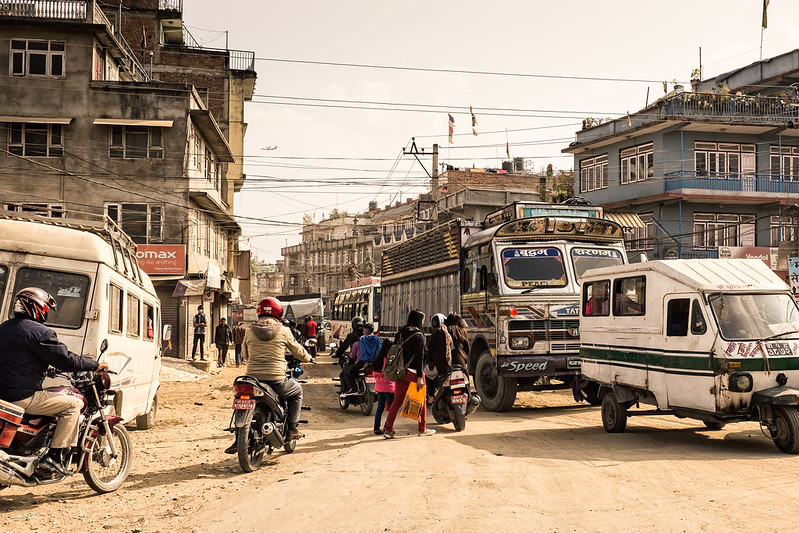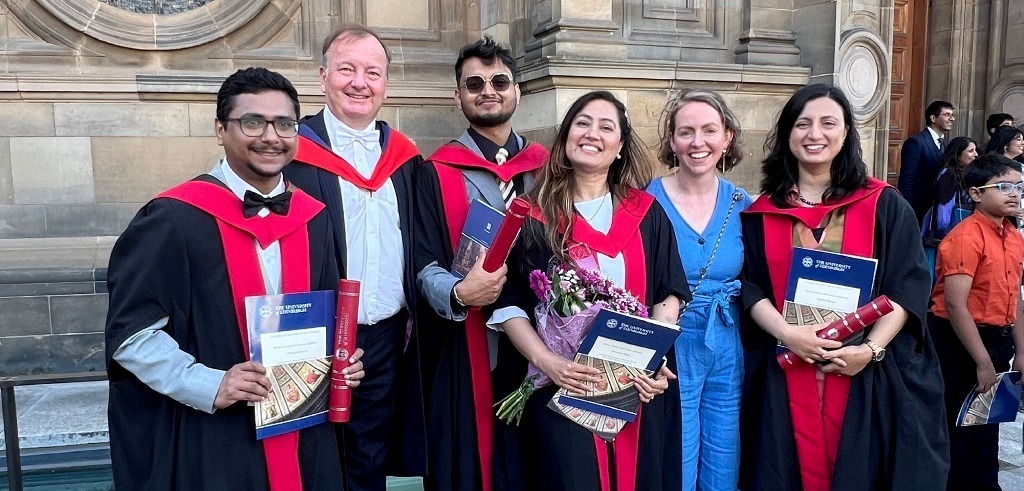
- Close
19/02/2021 | Kathmandu
Physics based simulations of earthquake shaking


Tomorrow’s Cities is developing a new approach to risk audit for planning of future development. Our aim is to work with planners to iterate existing or future urban plans for as yet unbuilt urban projects to expose and reduce the potential risk inherent in these plans.
In at least three of the cities earthquakes are a major part of the multi-hazard risk environment and the Tomorrow’s Cities is working hard to deploy cutting edge techniques in physics based simulations to understanding the earthquake threat.
Karim Tarbali is working with the Kathmandu seismology team to develop physics based simulations of earthquake shaking. By solving the appropriate equations for the source process, then the equations for wave propagation through the crust and right to the surface this approach offers the possibility of examining the potential response of precise locations to scenario earthquakes. While this is still very much work in progress, Karim has made good progress in coding the simulations and now has working and partially validated models of ground motion for Kathmandu.
In this video Karim presents the approach and shows some of the initial results. COVID-19 has hampered the deployment of seismic stations on the ground, but the idea is that Deepak Chamlagain’s group in Tribhuvan will carry out local surveys to provide detailed information about the precise characteristics of the ground at high resolution where future building are planned. Karim’s work will integrate these result to provide a totally new understanding of the seismic hazard facing tomorrows development. He concludes with a demonstration of the implications of this work on understanding the response of buildings to ground motions in different places – simulating earthquake shaking from rupture-to-rafter, as Karim puts it. Exciting stuff!
Click here to find out more about Tomorrow’s Kathmandu’s research
If you are a member of the Hub and can’t access this discussion, please contact communication@tomorrowscities.org


